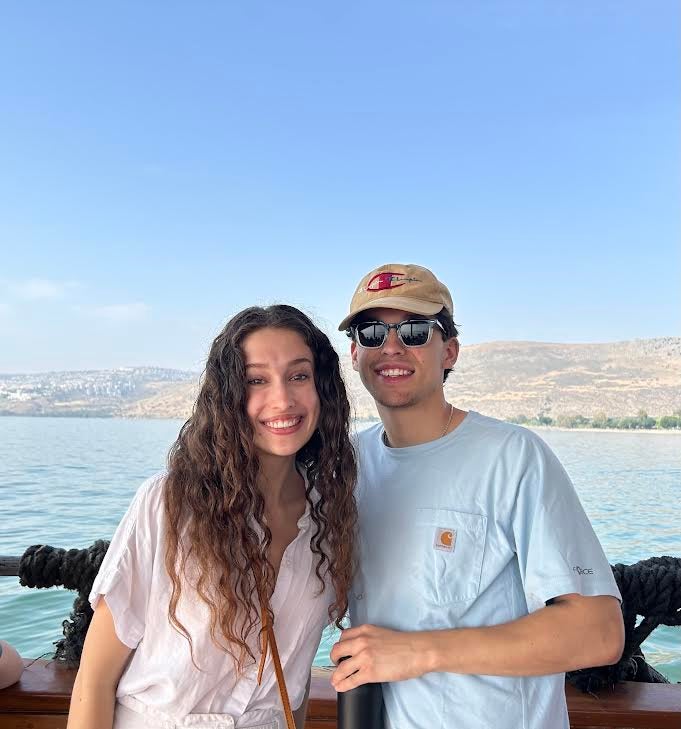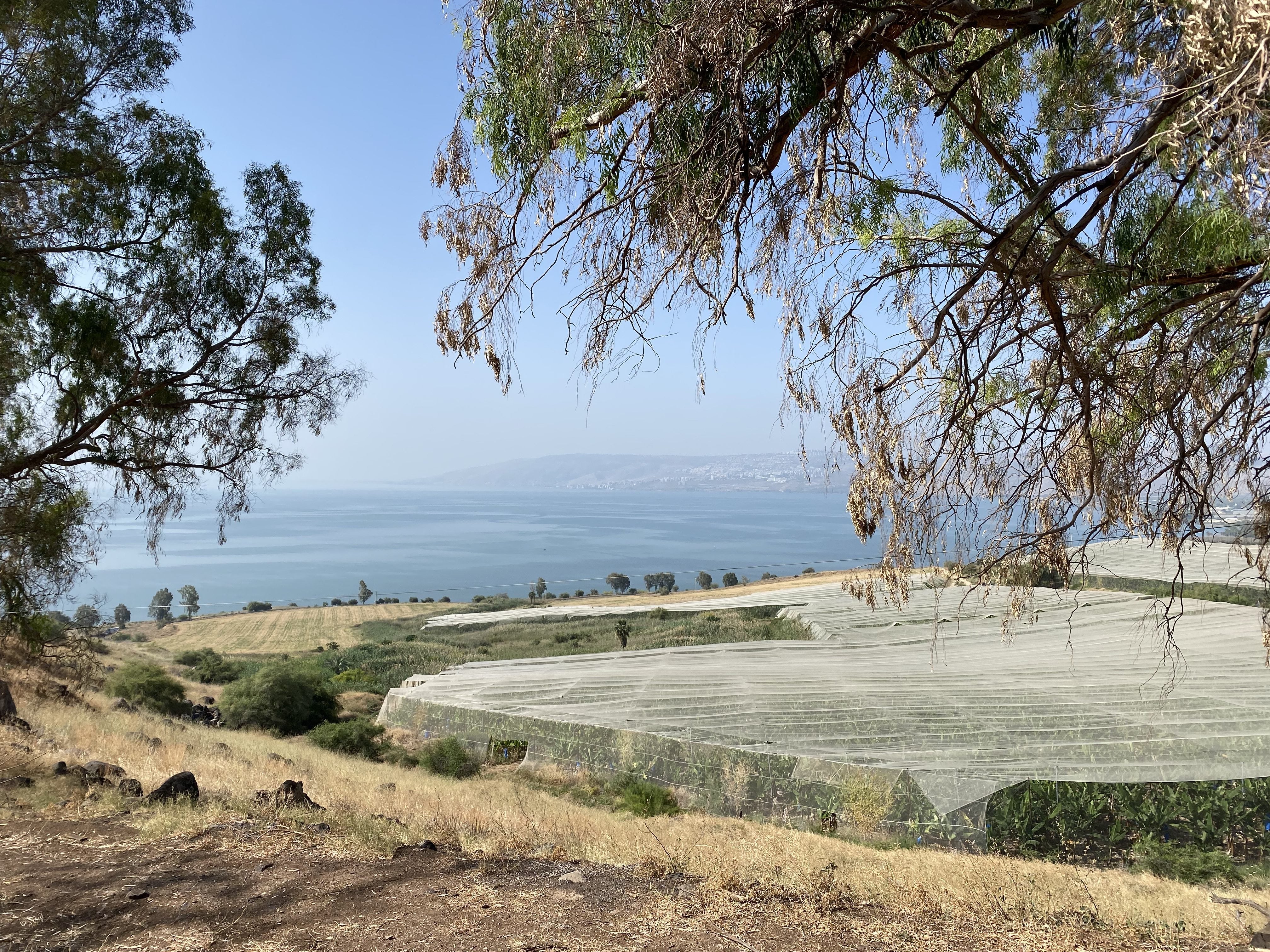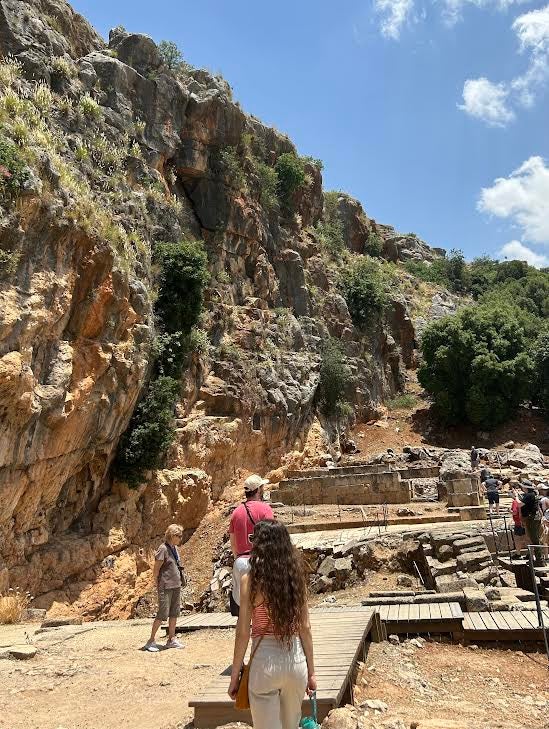From Mississippi to Israel ’23: First impressions (Part 1)
Published 10:59 am Friday, May 26, 2023
By Cara Scott, Grove City College (Penn.) ’24
(Ed. note: Oxford native Scott, a freelance writer on a trip to Israel, is sharing this oversea adventure with us.)
When I, a lifelong Mississippian, boarded my plane for Israel with my college tour group, I knew it would be unlike anywhere I’d visited before. I wanted to see how Israeli culture functioned: a culture so ancient yet as young as my grandparents, one that mixes rich Arabic and Jewish tradition with the traditions of millions of European, African, and Asian immigrant families of Jewish heritage. As a member of a tour group where the only Israeli would be our tour guide, I knew I would have to make an effort to see this country as something bigger than its Biblical-era ruins and Zionist agricultural settlements.
As soon as I boarded the bus to our first hotel, I noticed Israel’s contrasts. In the same moment as we passed a banana plantation on our right, a huge, modern Microsoft office came into view on our left. To reach our touristy contemporary high-rise beach hotel in the seaside town of Netanya, we drove through streets filled with traditional Arabic homes built for an extended family to live together under one roof.
I also quickly noticed the small ways in which Israel is different from Mississippi — I was shocked to get off the bus and feel that 85 degrees Fahrenheit in Israel was nice, dry and breezy whereas a Mississippi 85 would have been way too humid and hot to be comfortable. And while the food I ate on my first evening was a classic Mediterranean meal as I had expected, I had forgotten that all the meals I would eat during these 10 days would be kosher. So, since our hotel served a delicious dinner of tabbouleh, hummus, basmati rice, and tilapia, we weren’t served any dairy products, as kosher rules forbid eating dairy and meat at the same meal.
Despite the fact that every sign in the town was written in Hebrew or Arabic, our hotel felt like it could have been any hotel in any popular beach town. But the verdant valleys filled with palms, orchards, and crops that I saw as soon as we left the shores of the Mediterranean and passed into mainland Israel looked unlike anything I’d ever seen in the United States or Europe. From personal reading and speaking with my group’s tour guide, I learned that this beauty and uniqueness is no accident: Just a century ago, these valleys were malaria-filled swamps. As immigrants from the Jewish diaspora began their move to Israel, they brought with them agricultural experts who helped them cultivate these swamps and make them fit for crops.
I’ve seen some beautiful sites in the last few days, from excavations of ancient hilltop cities to the body of water once known as the Sea of Galilee (this “sea” is only four times bigger than Sardis Lake). I’m excited to swim in the Dead Sea tomorrow, but what I most look forward to is the later part of my trip when I’ll leave the touristy areas get a closer look at Israeli life in Jerusalem.








